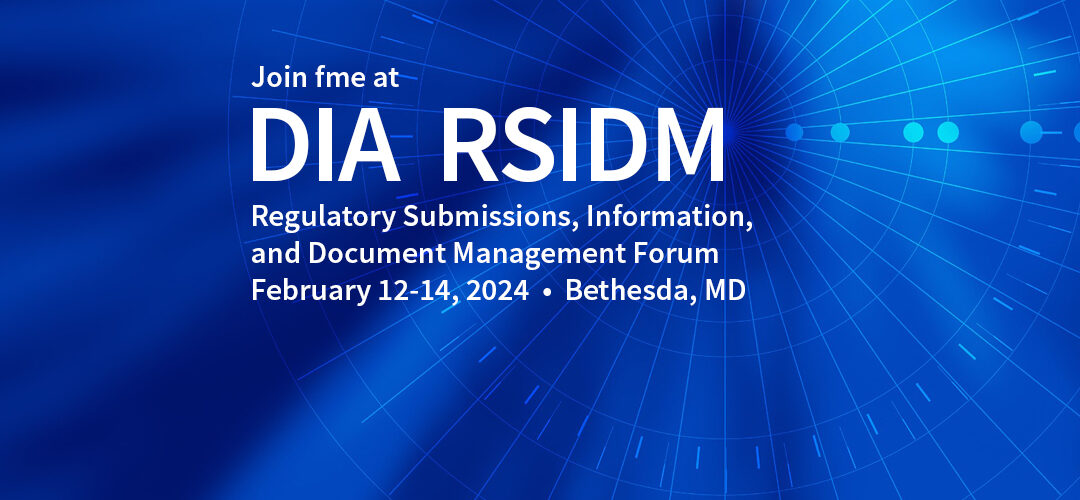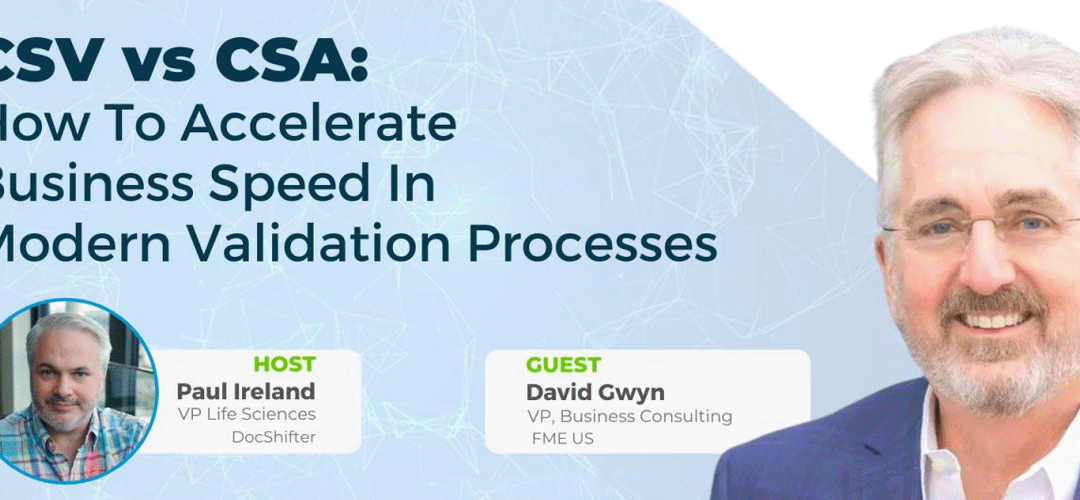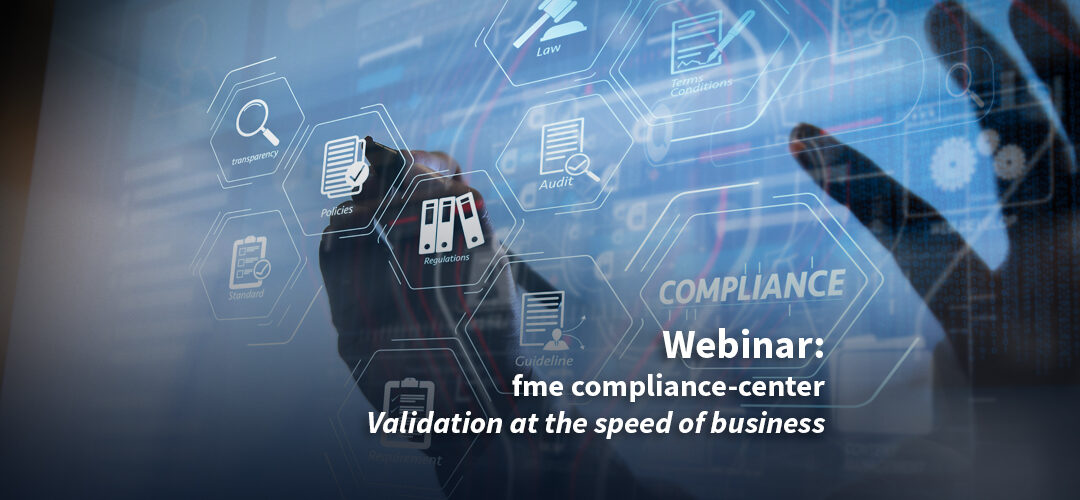
Optimize and Improve Your RIM System with HealthCheckAssist℠
Common Regulatory Challenges
Organizations face numerous immediate challenges in managing regulatory information:
- High volume of data and documents
- Data fragmentation over time and platforms
- Adherence to evolving standards
- Inefficient processes across teams
- Compliance risks
- Legacy systems being consolidated into new platforms
- Frequent RIM platform updates to stay current with complex and changing regulatory environments from multiple Health Authorities worldwide
As companies grow, merge, and acquire new data, many struggle to maintain operational efficiency and ensure compliance with mission-critical global regulatory requirements.
Modern Platforms: A Double-edged SaaS
There’s no question that today’s cloud-connected SaaS solution platforms are a fantastic leap forward in technology. Unfortunately, their undeniable benefits also come with their own challenges that IT teams need to be prepared to address.
For example, today’s leading platform in regulatory information management Veeva introduces three product releases per year where the RIM Vault is enhanced with new features. Compared to historic on-prem solutions that started to become out of date the month after purchase, this is a fantastic capability. The challenge now is that new features, bug fixes, and enhancements are automatically turned on and/or configurable and have a critical go-live date regardless of whether the organization is ready. The volume of changes can be significant, and some organizations fall behind in implementing the configurable features. In addition, many configurable features are not immediately beneficial but are utilized to build a foundation for future innovations that provide additional efficiencies.
Security can be another significant challenge. An overly complex security scheme can stunt the utilization of the solution, preventing the use of features and functionality intended to provide significant user efficiency. A properly configured and maintained RIM solution should allow all its users to easily find the information necessary to complete current Regulatory tasks. Often, during solution implementations, an organization will try to configure a security scheme that is far too granular, complex, and not conducive to efficient collaboration. The overly complex security will cause frustration and loss of user adoption of the solution. It can also cause burdensome administrative overhead and limit the available scope of change requests from the user community.
The Solution – HealthCheckAssist
Implementing your RIM solution took time and money. As an experienced regulatory information management solution provider and proven migration, technology, and services partner on the Veeva platform, fme is ready to help our clients make the most of their investments. We are proud to introduce HealthCheckAssist, a comprehensive service solution meticulously designed for users of Veeva Vault RIM.
In the often-convoluted landscape of regulatory information management, HealthCheckAssist is a surgical toolbox of optimization, offering a suite of services tailored to dissect and enhance the intricate mechanisms of Vault RIM. Through in-depth stakeholder interviews and system analysis, HealthCheckAssist delves into different departments’ unique needs and challenges to develop a complete streamlining and optimization pathway that aligns perfectly with organizational objectives.
In the dynamic environment of regulatory information management, features and functionalities evolve rapidly. A standout feature of HealthCheckAssist is its rigorous review of new feature capabilities. This ensures that your organization remains at the forefront of the latest changes, leveraging the latest updates to streamline processes and enhance efficiency.
Moreover, HealthCheckAssist strongly emphasizes manageable security, with comprehensive assessments to safeguard critical regulatory data, ensure proper accessibility, and promote effective information exchange and collaboration. Shifting the focus to a manageable and sufficiently open security model is a cornerstone of any robust regulatory information management strategy. Properly executed, this security approach eliminates over-engineered access schemas and protects your information and users in an age where data breaches can have catastrophic consequences.
Benefits of HealthCheckAssist
The benefits of HealthCheckAssist are multifaceted. Organizations can expect a significant uplift in data and document quality, driven by optimizing the features and functionalities of Vault RIM. This enhancement in data and document quality is not just about accuracy; it’s about ensuring that your regulatory information is comprehensive, up-to-date, and readily accessible, facilitating swift decision-making and compliance processes.
HealthCheckAssist also includes access to fme’s unique professional administration tool for the Veeva platform, dqMan. With dqMan, HealthCheckAssist dramatically reduces the need for manual intervention and automates and optimizes key processes to free up valuable resources. Your team can focus on strategic initiatives rather than getting bogged down in routine data and document management tasks. This shift boosts productivity and enhances job satisfaction among team members, who can engage in more meaningful and impactful work.
The strategic advantage offered by HealthCheckAssist cannot be overstated. In the competitive regulatory compliance landscape, staying ahead requires keeping pace with regulatory changes and preempting them. HealthCheckAssist empowers organizations to do just that, providing a competitive edge that can make all the difference in a competitive and highly regulated industry.
Conclusion
HealthCheckAssist by fme is not just a solution; it’s a strategic partnership in your journey through the complexities of regulatory information management. Its comprehensive suite of services focuses on optimizing Vault RIM and make it an indispensable tool for any organization looking to excel in regulatory compliance.
We invite you to contact us to learn more about HealthCheckAssist’s transformative potential for your organization. Discover how it can streamline your regulatory information management processes, enhance both data and document quality, and provide a strategic advantage in the fast-paced world of regulatory compliance.
Added Bonus – Veeva Vault Edition of dqMan
As an additional bonus, we will also include a single-user annual license for dqMan as part of the engagement.
![]()
dqMan is a professional administration tool designed to boost productivity and maximize your efficiency as a Veeva Vault expert. Carefully crafted on the robust dqMan platform, this tool reveals the true power of the VQL (Vault Query Language) and MDL (Metadata Definition Language). It provides users with exclusive capabilities and a broad feature set while enhancing user accessibility and streamlining operations alongside the comprehensive functionalities offered by Veeva Vault Admin. Seamlessly installable on any Windows machine, our enterprise-grade software solution boasts an intuitive user interface, delivering a great user experience.
Say goodbye to manual, time-consuming tasks and focus on what truly matters—efficiently managing your Veeva Vault applications.
 fme AG
fme AG fme SRL
fme SRL





